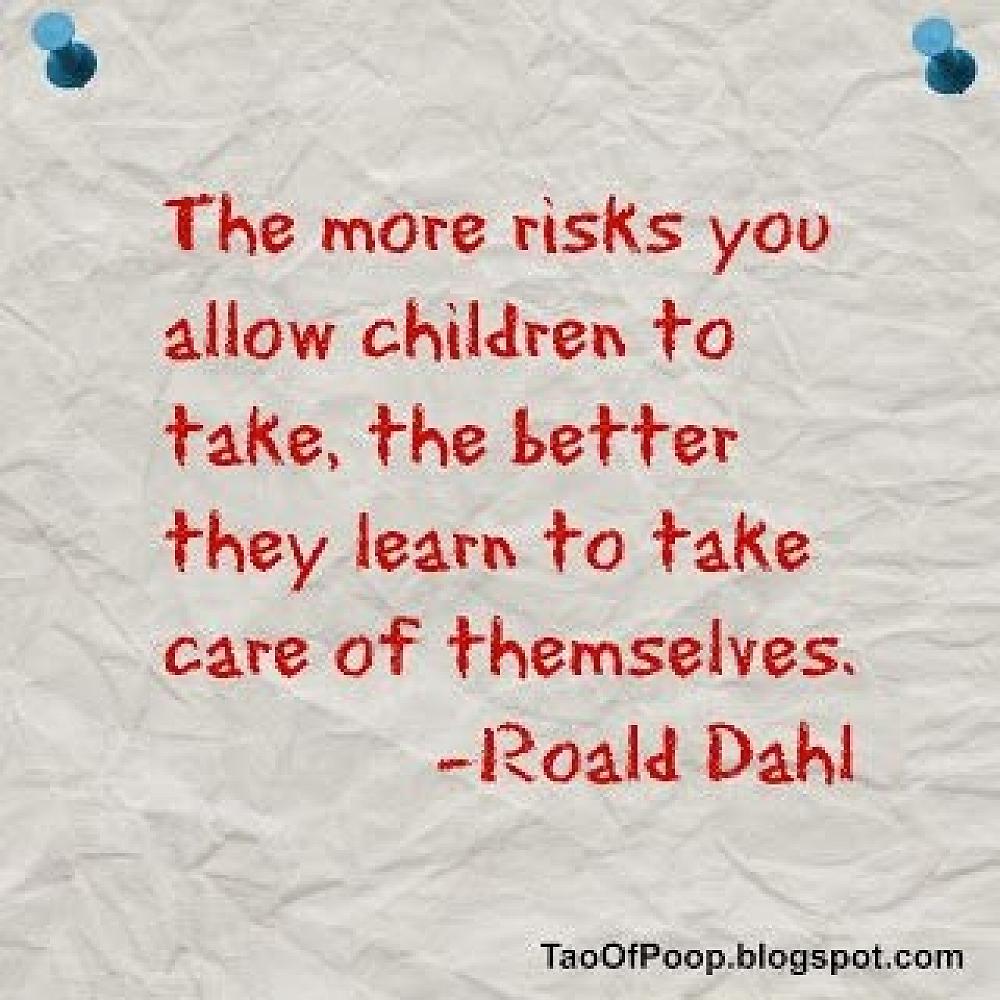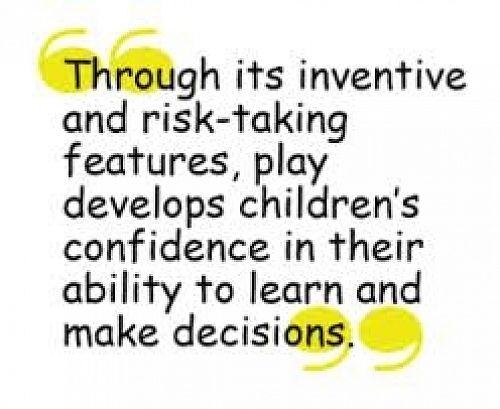
Encouraging Risk-Taking
For a lot of people, the word Risk is associated with danger and harm. Risk is seen as something undesirable to be assessed, managed, controlled or eliminated, but risk is also part of being alive and being human.
Life is full of varied risks and we have to learn to recognise and manage them. Risk is about being prepared to have a go at something, being adventurous and gaining new experiences. Over the last few months at The Cathedral Grammar Pre-School we have been looking at Risk and how it interacts in diverse ways for our Pre-School tamariki (children).
"Risk perception is like a muscle that needs to be developed and flexed." (Blincoe, 2015)
Risk for our pre-schoolers is not only just about physical risk, although these might be the ones that worry parents the most like climbing, jumping and racing around super fast on the trikes, risk also encompasses emotional and social aspects too. Risk is not something fixed and certain; rather, there are perceptions of risk. What is an acceptable risk for one child may be a hazard for another. What is acceptable in one context may be unacceptable in another. Our culture, experience and even gender are likely to influence how we perceive something as safe or risky.
“A degree of risk – properly managed – is not only inevitable, but positively desirable.” (Gill, 2010)
As noted before, risk-taking can also occur in activities that are less gross motor-centred. A child can take a risk and explore gooey sensory materials. Perhaps a child who has never wanted to get their feet wet finally does, shoes and all. In taking social risks for instance for pre-schoolers, it could be the simple act of asking another child you don’t know to play with them, standing up and leading the lunch time karakia or it could be at a mat time, in putting your hand up to ask a question in front of your peers and guests. An emotional risk on the other side can be when a new pre-schooler has entered our preschool environment for the first time, they are taking the emotional risks inherent in separating from the only caregiver they have known. Any time a child is out of their comfort zone, they are experiencing a risk.
"Risk-taking is an innate human desire." (Moss & Petrie, 2002)
Risky play and risk-taking is a natural part of all children’s play at Cathedral Grammar Pre-School, where tamariki(children) often seek out opportunities that allows them to challenge and push their own boundaries. When tamariki engage freely in the area of adventurous and risky play they quickly learn to assess their own skills and match them to the demands of the environment. Such tamariki ask themselves—consciously or unconsciously— “how high can I climb on the Pre-School circle climbing frame in the playground and jump off to the ground?”, or “Is this high bridge I built on the metal A frames off the ground strong enough to support me?”
Tamariki become savvy about themselves and their environment and what they are doing. Tamariki who are confident about taking chances rebound well when things don't work out at first. They are resilient and will try again and again until they master a situation that challenges them - or wisely avoid it, if that seems best to them. This enables them to continually improve their decision-making capacities. Risky play and risk-taking brings a richness and authenticity to children’s learning, and the amazing discoveries they make about themselves and others.
"Risk is an essential component of a balanced childhood just as scrapes and bruises are part of childhood." (Blincoe, 2015).
Taking risks can help tamariki overcome their fears and often lead to new opportunities. These opportunities might just be new learning explorations a child hadn’t thought of before. The many benefits of risk-taking shows tamariki learn to become responsible and independent for their own actions, they develop coping mechanisms and resilience, they build self-esteem, problem-solving capabilities and interestingly tamariki develop a respect for danger, for hazards and experimentation – in other words they learn about calculated risk. Growth and learning doesn't come without some risk. The best safety lies in learning how to deal with risk rather than simply avoiding it. We learn through the point where we feel challenged. The feeling of having a knot in your stomach is the place where you feel out of your comfort zone. Clearly this will be different for everybody, adults and tamariki alike, but having that knot in your stomach, that feeling of exhilaration, is a familiar sensation for everyone.
Risk-taking and risky play like other skills, needs to be learned and practised over time. Tamariki have an enthusiasm for making choice, investigating, exploring, questioning and experimenting, in essence taking risk. By Kaiako(teachers) empowering and supporting tamariki in their self-management, trusting them to make decisions around risk and allowing them to push and explore their own risk-taking at a level appropriate to each and every one of them, we are enabling them to learn and practise their risk assessment skills, consistently giving them confidence in their own abilities. We do not push tamariki to take unnecessary risks, but we provide an environment in which they feel comfortable and supported. All of this helps develop a positive attitude towards risk-taking and is wonderful for lifelong learning.
Tovey (2007) asserts that the challenges of risk-taking play allows children to “push themselves further and extend their limits”
So, during their time at The Cathedral Grammar Pre-School, the tamariki learn about risk-taking through experiencing appropriate risk opportunities, which has the added benefit of naturally awarding them with an incredible amount of knowledge, skills and understanding about the world, which they will carry with them throughout their life. To end Einstein said of boats, which is so with tamariki: “A ship is always safe at the shore, but that is not what it is built for.” It means do not be afraid to take a risk, to set out on a new adventure, to try something new.
References:
Blincoe, K. (2015, October 14). Risk is essential to childhood– as are scrapes, grazes, falls and panic. The Guardian
Moss, P. & Petrie, P. (2002) From Children’s Services to Children’s Spaces: public policy, children and childhood. London: RoutledgeFalmer.
Gill, T. (2010). Nothing Ventured, Balancing Risks and Benefits in the Outdoors. English Outdoor Council
Tovey, H. (2007). Playing outdoors: Spaces and places, risk and challenge. Maidenhead, England: Open University Press.
Gallery





